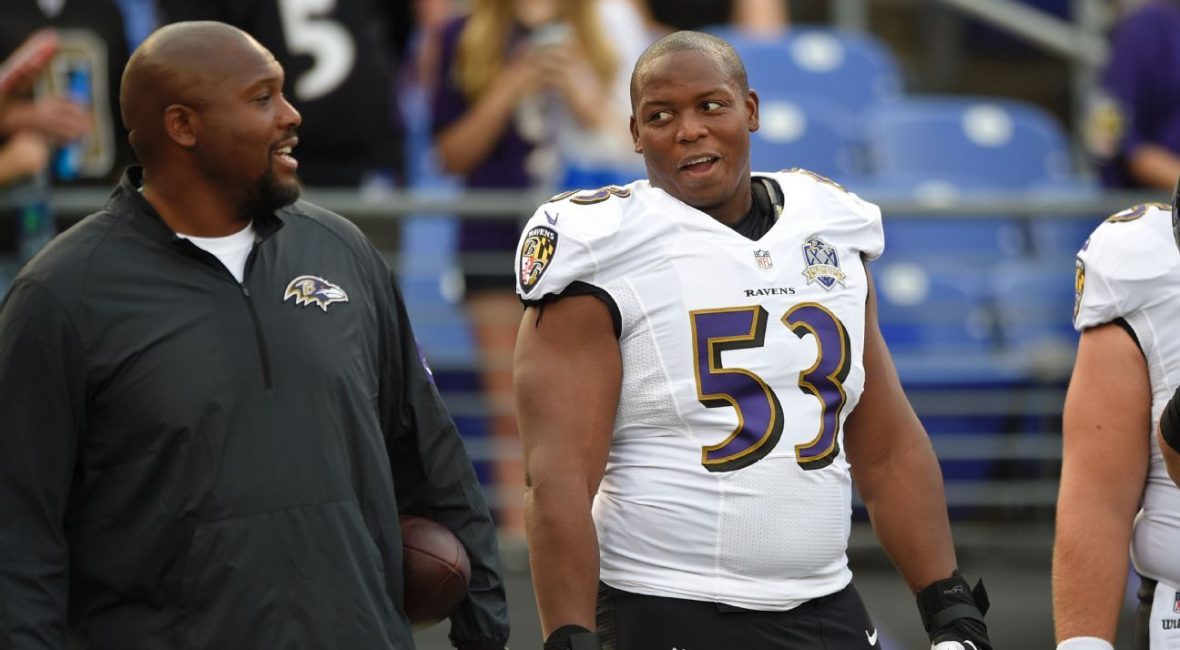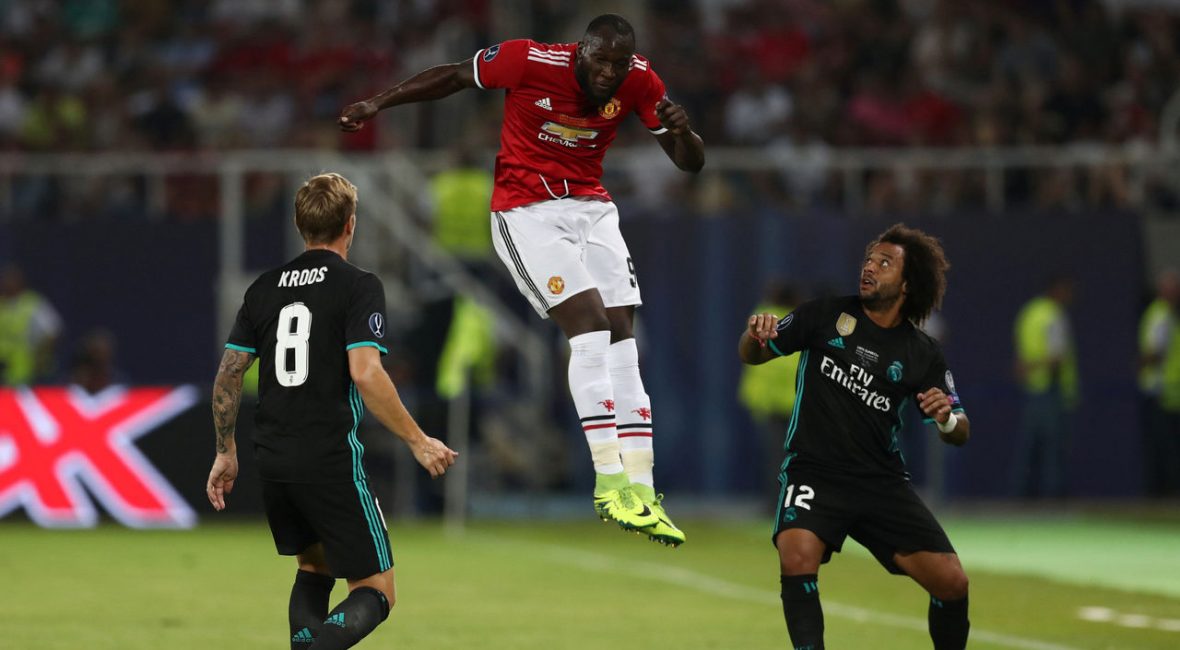SANTA CLARA, Calif. — The competition for the San Francisco 49ers’ starting center job ended after just 10 practices.
The Niners released veteran center Jeremy Zuttah — who was expected to compete with Daniel Kilgore — on Wednesday morning, after less than two weeks of training camp.
“That was a tough decision,” head coach Kyle Shanahan said. “That was something we were really looking at last night. I think it says a lot about how Kilgore has been playing. He’s done a really good job in practice with that center spot.”
The 49ers acquired Zuttah in a March trade with the Baltimore Ravens; the teams also swapped sixth-round picks (No. 186 to Baltimore and No. 198 to San Francisco). Zuttah was coming off a Pro Bowl appearance, and his previous experience playing in offenses similar to Shanahan’s made him an intriguing fit.
At a personnel meeting Tuesday night, Shanahan, general manager John Lynch and their respective staffs spent time examining the roster and whether there was a spot for Zuttah.
“It just looked to us like we weren’t going to get Zuttah a lot of playing time throughout the preseason,” Shanahan said. “He’s a guy I have a lot of respect for; he’s done a lot of good things in this league. I just told him this morning I had a hard time doing that to him, and [I] wanted to give him a chance to go somewhere else instead of keeping him here and making him go through that.”
“I’d love to keep everybody, especially a guy who can still play in this league,” Shanahan added, “but we thought it was better for him and better for us to move on.”
Zuttah, 31, spent his first six seasons with Tampa Bay, playing both guard and center, after the Bucs used a third-round pick (83rd overall) on him in the 2008 NFL draft. He was in Baltimore for three seasons before the Niners traded for him. He played exclusively at center with the Ravens. He has appeared in 131 games, making 117 starts.
With Zuttah gone, the Niners will lean on Kilgore as the starter in the middle with veteran Tim Barnes as the current backup. Barnes signed with the Niners after the Rams let him go late in the offseason.
Kilgore and Barnes have also been getting work at guard, adding to the versatility Shanahan seeks in his offensive linemen.
“I think it’s very hard to make a final roster when you have a bunch of center-only [players],” Shanahan said. “Then it’s just a domino effect. You want to see these guys’ versatility. It’s not always exactly who is the best, it’s how to fill out the best 53-man roster and there’s not always an obvious right answer.”
Elsewhere on the interior of the offensive line, guard Joshua Garnett is set to have cleanup surgery on his left knee Thursday, according to Shanahan.
“Time frame, I haven’t been given one yet,” Shanahan said. “I’m hoping that he has a chance for Week 1 but I know that’s going to be a battle.”
In a corresponding move, the 49ers signed linebacker Sean Porter to a one-year deal. Porter, 26, appeared in two games for the Jaguars last season. He entered the league as a fourth-round pick of the Bengals in 2013.


















